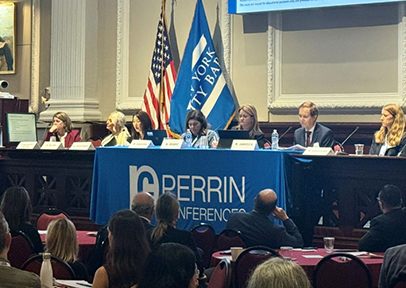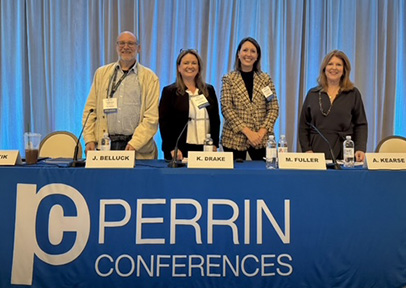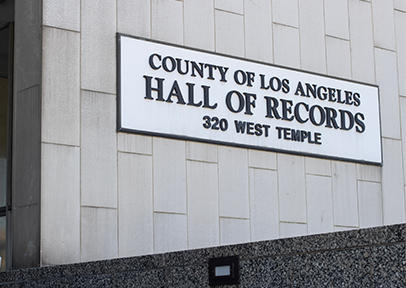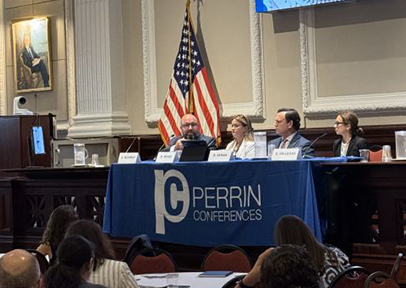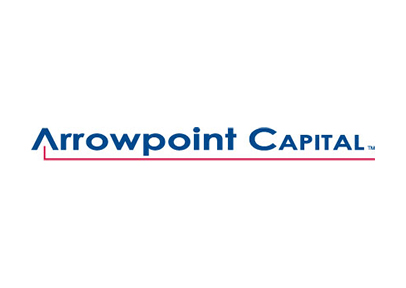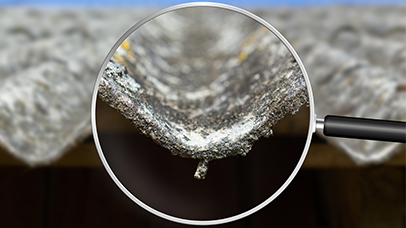By: Dru Carlisle
Understanding why finding old insurance policies now can protect you from future claims is crucial. This proactive measure can help you avoid potential financial challenges later.
In an era of expanding liability exposures, whether from newly reopened statutes of limitation (for example, the Child Victims Act in various states), environmental contamination liabilities, or emerging toxic-tort risks, one often overlooked asset for organizations is their historical liability insurance. Understanding the importance of finding old insurance policies can inform you about how they protect you against future claims. Firms that operated decades ago may have general liability (GL) or excess policies that remain unused simply because they’re lost, forgotten, or inadequately documented. That’s where Insurance Archeology comes in.
At its core, Insurance Archeology involves researching, reconstructing, and retrieving historical insurance policies (and/or evidence of coverage) that may provide defense costs or indemnity for exposures that are only now surfacing. These hidden coverage assets can be worth millions of dollars in defense or indemnity.
Why Now Is the Time to Act
Several trends make the proactive retrieval of old insurance policies more important than ever:
- Statutory and legislative changes: Laws like the Child Victims Act open up new potential for claims that relate to decades-old conduct, meaning organizations need coverage that spans far back in time. Finding old policies now can safeguard you against such future claims.
- Environmental and contamination liabilities: Many historical operations (dry-cleaning, manufacturing, waste-handling) may have caused latent environmental damage. Since many GL policies from earlier eras did not contain absolute pollution exclusions, older policies may still respond.
- Litigation sophistication & defense cost escalation: As litigation grows more complex and regulatory demands become more aggressive, having historical insurance as a defense or cost-sharing vehicle becomes a competitive necessity.
- Corporate change, mergers & acquisitions: When companies change hands, merge, or restructure, the insurance trail often gets broken. Without proactive search, coverage can go missing just when it’s needed most.
The Cost of Waiting to Find Old Insurance Policies
If you wait until a claim is filed or litigation is already underway, you risk several barriers, such as being unable to find old policies that could have protected you from future claims.
- Late notice issues: Carriers may deny coverage if they believe notice was delayed, or that insufficient proof exists of historical policy terms.
- Lost or purged records: Older files may have been purged, destroyed, or discarded, making retrieval far more difficult (and expensive) after the fact.
- Gaps in coverage reconstruction: If you haven’t proactively reconstructed your historic insurance program, you may not know which years or carriers to search, limiting your ability to match policies to exposures.
- Reduced leverage: Without evidence of older policies, policyholders may find themselves with fewer options for defense cost sharing or indemnity and may face full exposure to liability themselves.
Why Engage PolicyFind Proactively
Working with PolicyFind before a claim arises provides key advantages:
- Comprehensive search & reconstruction: We use proprietary libraries, historic archives, and other investigative techniques to uncover evidence of coverage.
- Strategic timing: By locating policies before a claim or litigation arises, you preserve your ability to engage carriers, give timely notices if required, and better legal defense strategies. Finding these old policies now is key to protection from future claims.
- Cost control: Historical policies often provide funding for defense costs, investigations, and remediation, potentially saving large dollars for your organization or you personally.
- Improved risk-management: Having visibility into your full historic insurance portfolio positions your organization to anticipate and manage long-tail liabilities, rather than reacting under pressure.
A Practical Checklist
- Assemble your historical footprint: Identify the years your business operated (or the years previous owners operated), locations, mergers, and acquisitions that took place through corporate history, etc. Knowing how finding old policies can help protect from future claims, prioritize these actions.
- Engage an Insurance Archeology specialist: Partner with PolicyFind who has expertise in reconstructing insurance programs.
- Secure and coordinate coverage evidence: Once policies or evidence of them are located, work with your insurance archeologist to document and catalogue your insurance history.
- Understand your defense strategy: Work with counsel and your Insurance Archeologist to make timely notice to carriers.
- Retrospective review: Periodically revisit your historic program because new exposures, new statutes, or new claims may emerge even years later.
The Insurance Archeology Bottom Line
In today’s environment, historical insurance is not just an archival “nice-to-have.” It is a strategic asset. Waiting until a claim or lawsuit surfaces may diminish your ability to locate and leverage coverage and may leave you exposed to liabilities that could have been shared, defended, or indemnified. By proactively engaging in Insurance Archeology with PolicyFind, you place your organization in a far stronger position to respond to today’s evolving liability challenges.


